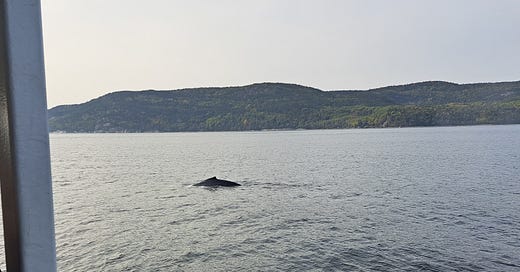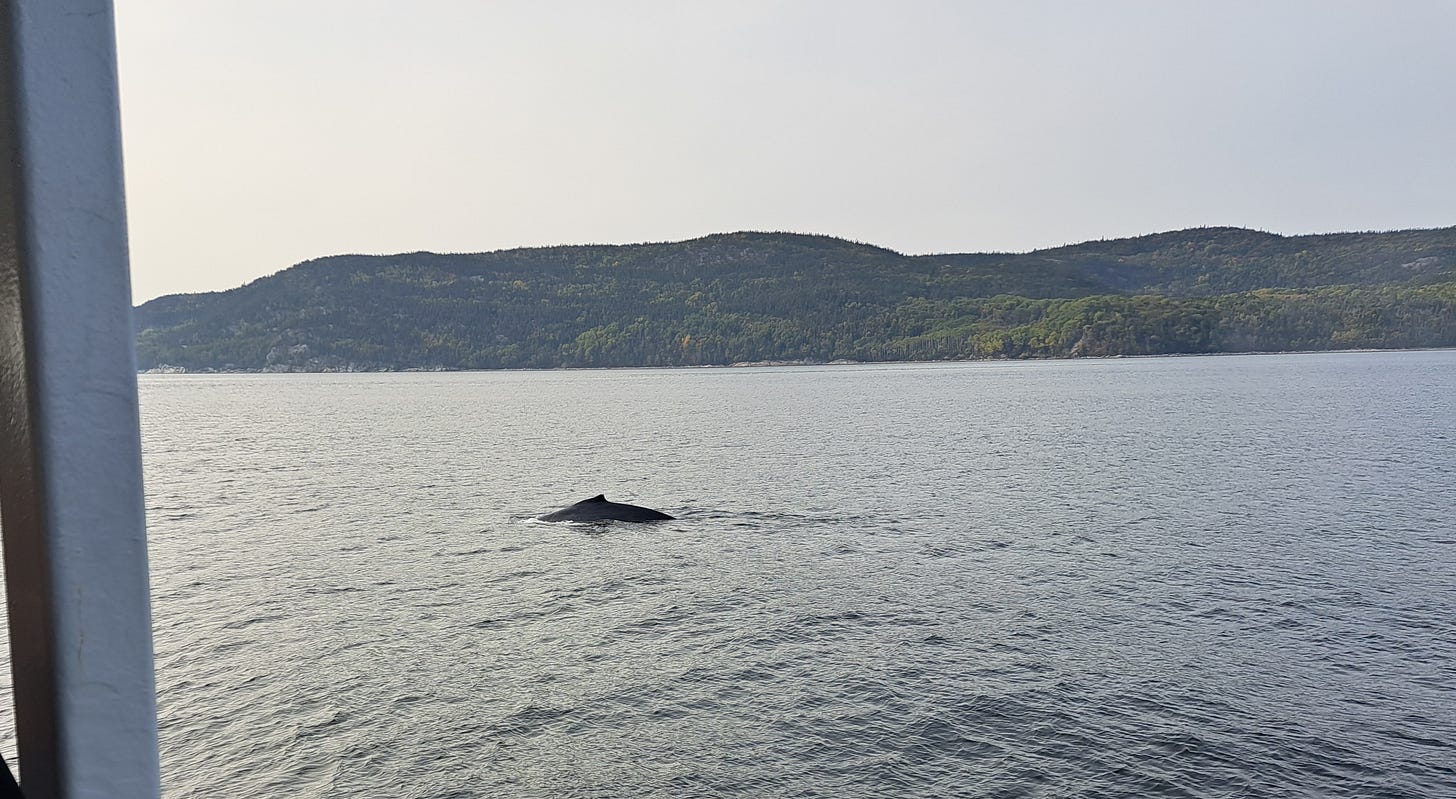[This is the last of three posts on Antarctica and the seas around it. It is a more generic post that applies to some areas of ocean around that continent, and elsewhere. It can form part of a study of global governance.]
The oceans cover over 70% of the surface of the planet and have a rich marine biodiversity. They are home to 97% of all life in the world. They are also a source of significant economic activity, which includes shipping, fishing, aquaculture, tourism, and energy extraction. Despite their vital role, the oceans face grave threats due to decades of damaging human activities, such as overfishing, illegal fishing, land and sea-based pollution and land and change including coastal developments for infrastructure and aquaculture. Climate change is a danger which exacerbates the impact of these activities on marine biodiversity.
In 2019, the Intergovernmental Science-Policy Platform on Biodiversity and Ecosystem Services (IPBES) issued the Global Assessment Report on Biodiversity and Ecosystem Services, which revealed that over 60% of the marine environment had been ‘severely altered’ by human activity and approximately one third of reef-forming corals, sharks, and marine mammals face extinction.
The Intergovernmental Panel on Climate Change (IPCC) has issued a Special Report on the Ocean and the Cryosphere in a Changing Climate in which it described how warmer waters and ocean acidification are leading to major shifts in species distributions, resulting in changes to ecosystem structure and functioning, leading to loss of globally unique biodiversity.
Marine Protected Areas
Marine Protected Areas (MPAs) are a proposed solution to some of the problems facing the oceans. MPAs can be described as marine areas that are protected and managed over the long term for the purposes of conservation. They are distinct from other protection measures such as those used for fisheries management.
Human activities are restricted within an MPA. They can vary widely in their level of protection, depending on the human pressures at play and the conservation needs of the area to be protected. In highly protected areas, for example, no extractive activities are permitted - referred to as ‘no take’. ‘Multiple use’ MPAs may also be divided into different zones, with some zones prohibiting any human activities except essential scientific research, while other zones may allow minimal, low-impact activities such as fishing and tourism.
International targets
Recently, MPAs have been endorsed by scientists as an effective conservation tool. In 2010, parties to the Convention on Biological Diversity (CBD) adopted a Strategic Plan for Biodiversity which included the following target:
‘by 2020, at least 17% of terrestrial and inland water areas and 10% of coastal and marine areas, especially areas of particular importance for biodiversity, are conserved.’
In addition, UN member states have committed to the Sustainable Development Goals (SDGs) as part of the 2030 Agenda for Sustainable Development. Goal 14 aims to ‘conserve and sustainably use the oceans, seas and marine resources for sustainable development’. There is a growing consensus among scientists and many governments, including the UK, that the international target of 10% is insufficient and that a long-term goal of protecting more than 30% of the global ocean is needed to adequately protect biodiversity and maintain marine ecosystem services.
Increasing the size and number of MPAs is now widely seen as a way of meeting these targets. There has been a significant growth in the number of MPAs in recent years. Despite this, global MPA coverage stood at only 8% at the end of 2022. Most of this MPA coverage is within coastal and marine areas under national jurisdictions (ANJ), which make up over a third of the global ocean.
In terms of the high seas, the 1982 United Nations Law of the Sea Convention (UNCLOS) provides the overarching legal framework for the ocean. However, under UNCLOS the ocean has been divided into different zones, which are essentially geo-political divisions and do not correspond with ecological boundaries.
Areas of national jurisdiction (ANJ)
Areas of national jurisdiction are under individual state control. As shown in Figure 1 they are further broken down into:
■ territorial seas, which reach up to 12 nautical miles (NM) from the coastal state
■ exclusive economic zones (EEZs), which extend from the territorial seas up to 200NM
■ the continental shelf.
Figure 1. Areas of national jurisdiction
Areas beyond national jurisdiction (ABNJ)
The high seas are ABNJ and are defined as the water beyond the EEZs of coastal states and the ‘area’ which is made up of the seabed, the ocean floor, and its subsoil. ABNJ are managed as global commons under a complex array of international treaty regimes, reflecting activities such as fisheries, shipping, seabed mining and conservation.
The future
It is hoped that MPAs can restore ecosystem resilience and mitigate some of the damage caused by human impacts. Unfortunately, though, many MPAs do not have proper management or an enforcement regime in place. The international targets outlined above have been criticised for creating a ‘race to designate’, which is more focused on drawing lines on a map than achieving effective protection within an MPA. The expansion of existing MPAs, or the creation of more MPAs, may not be enough to combat the ocean crisis without more interventions in highly damaging sectors such as fishing, agriculture, and energy extraction. MPAs tend to be static in nature, which may not be sufficient to protect highly mobile species or shifting species distributions under a changing climate.
A whale near the mouth of the St Lawrence river, Canada






